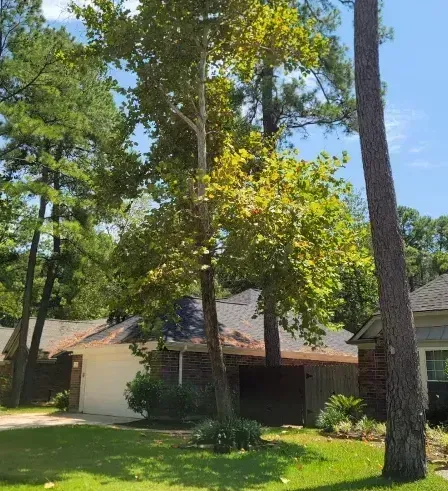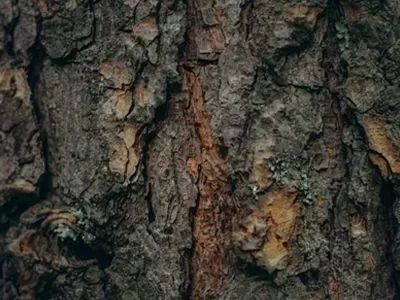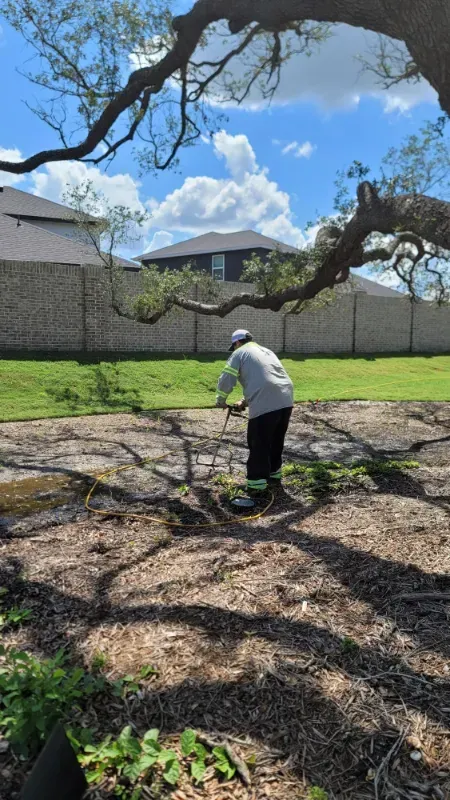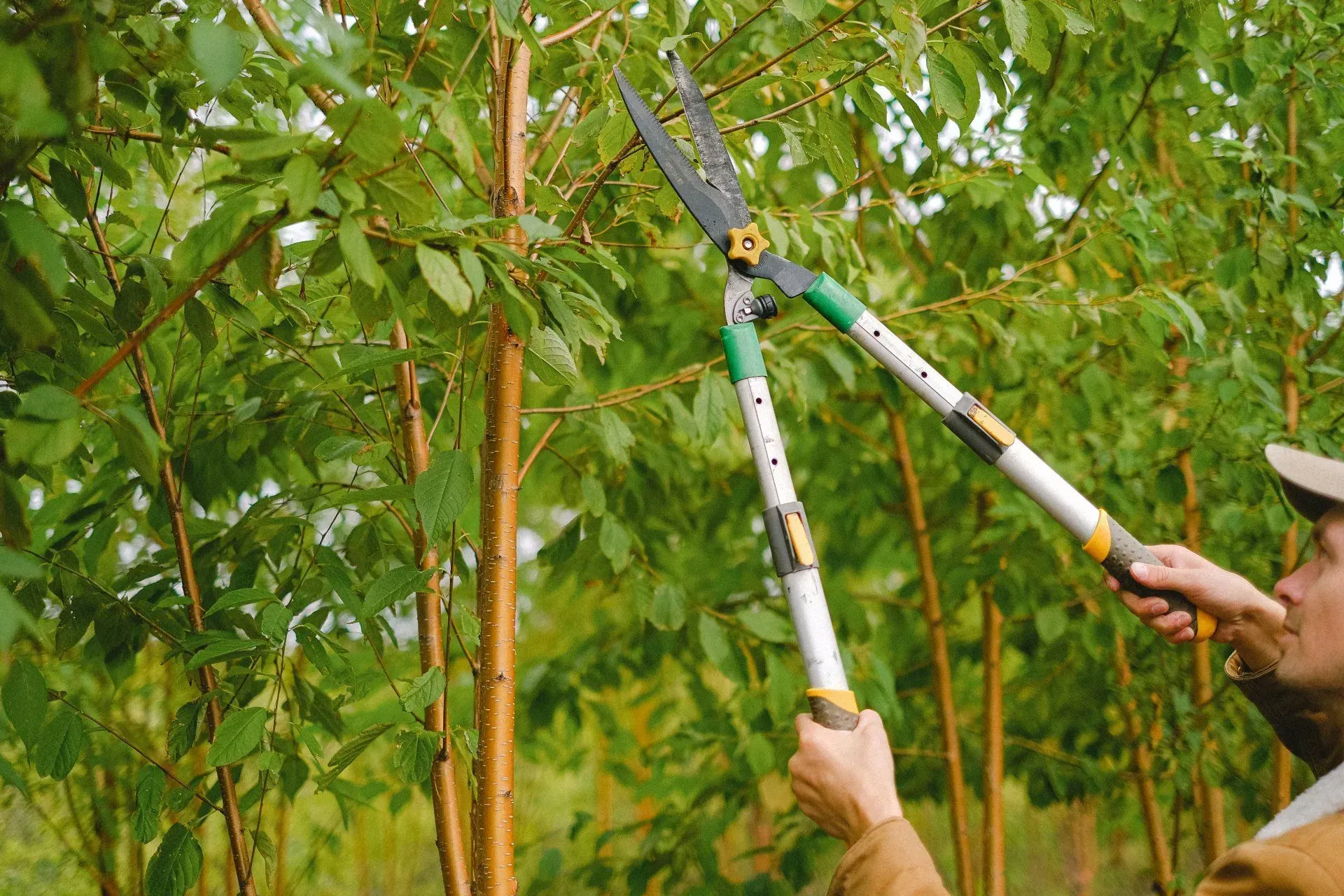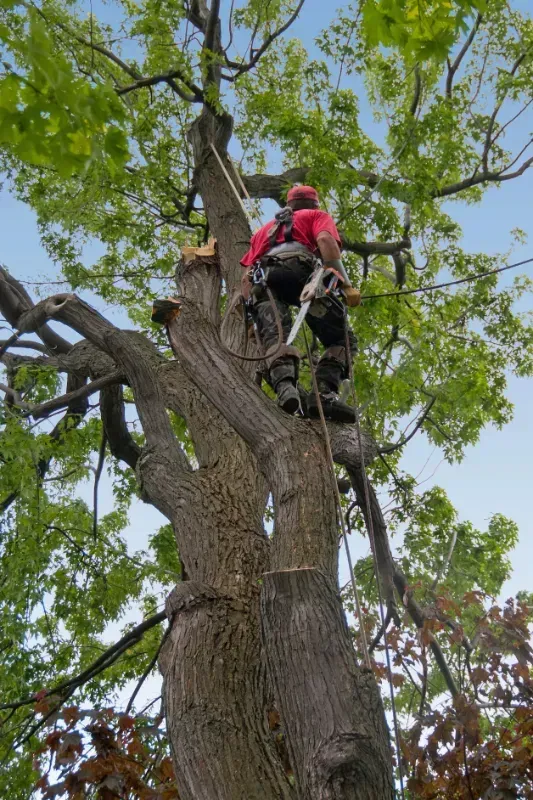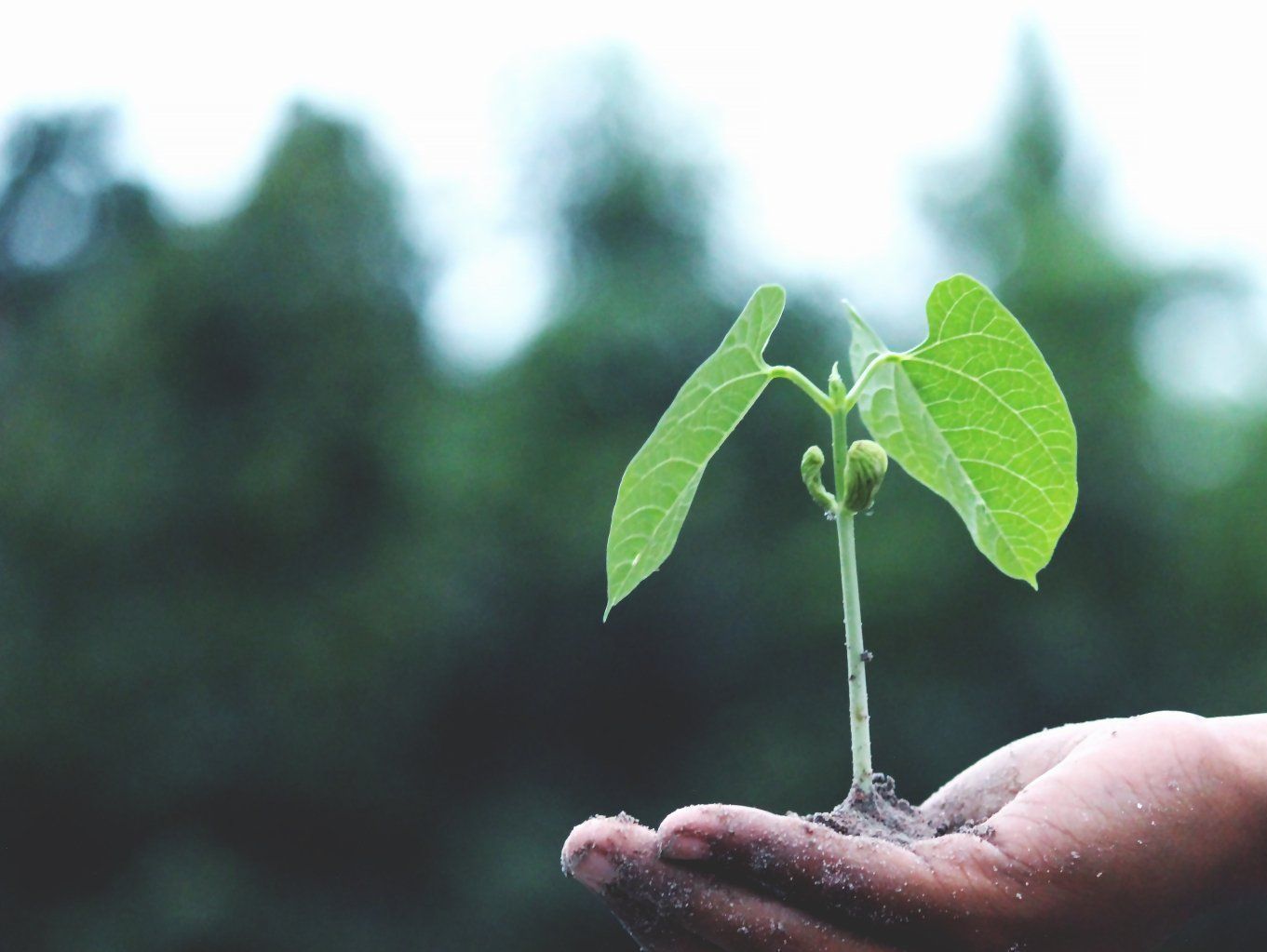Tree Removal Guide: Steps to Take Before and After
Assessing the Need for
Tree Removal: When and Why
Before deciding on tree removal, it’s essential to understand when it becomes necessary. Trees enhance your property’s aesthetics and value, but they can also present risks if they’re diseased, damaged, or too close to structures. Indicators like dead branches, fungal growth, or compromised roots suggest the tree’s health is failing and could pose future hazards.
Consulting a professional arborist can help determine whether removal is truly needed. In some cases, strategic pruning or treatment can restore a tree’s vitality. However, if the damage is extensive, removal is often the safest option. Carefully consider the impact on your property’s safety and appearance before making a final decision. For expert guidance, contact a professional who can ensure a safe and thoughtful approach.

Choosing the Right
Tree Removal Service
Selecting a qualified tree removal service is crucial for a safe, efficient job. Look for a company with certified arborists, the right equipment, and a strong reputation. Researching online reviews and seeking recommendations from friends or neighbors can help verify a company's reliability. Ensure the service is licensed and insured, as tree removal is complex and potentially hazardous, requiring a team prepared for any situation. Once you've found a trusted provider, request a detailed estimate and discuss the process to clarify expectations. With the right professionals, you can feel confident the job will be handled safely and expertly.
Preparing Your Property for Tree Removal Day
First, prepare your property by clearing away any outdoor furniture, vehicles, or belongings that could obstruct the area or risk damage. Remove any fragile garden items, and ensure the removal team has a clear path to the tree. If there are power lines or other obstacles nearby, inform the team in advance so they can take necessary precautions. Next, let your family and pets know about the scheduled removal; on the day of service, ensure everyone stays safely indoors or out of the way. These steps help the process run smoothly, reduce risk, and allow the team to work efficiently.
Informing Neighbors About Upcoming Tree Removal
Preparing your property for tree removal helps ensure a safe and efficient process. Clear away outdoor furniture, vehicles, and garden items to provide the team with an unobstructed work area, and alert them to any nearby power lines or obstacles. Communicate with family members and keep pets safely indoors during the service. These preparations not only make the job smoother but also create a safe environment for everyone involved. By taking these thoughtful steps, you’re helping to protect your space—and the tree care team—while honoring the value of a job done with care and consideration.
Safety Precautions to Take Before Tree Removal
When preparing for tree removal, safety should be the primary focus. While the professionals will manage the core precautions, you can support a secure environment by clearing the yard of loose items, toys, and tools that could pose risks. If you have outdoor pets, keep them indoors or in a secure area away from the work zone to prevent accidents.
Take time to discuss the safety plan with the removal team to understand any potential hazards and restricted areas. By prioritizing these steps, you’re contributing to a safer, more efficient process that protects both your property and everyone involved.
What to Expect During the Tree Removal Process
The tree removal process varies with each job, but there are standard steps you can expect. Here’s an overview of how most removals are handled:
- Assessment and Planning: The crew begins by evaluating the tree’s size, health, and location to develop a safe removal strategy.
- Branch Removal: For larger trees, branches are removed first to protect nearby structures and reduce risk.
- Trunk Sectioning: The trunk is cut down in manageable sections, especially in confined areas, for controlled removal.
Depending on the tree's size and complexity, removal can take a few hours or a full day. Specialized tools ensure each step is completed safely and efficiently. In the end, you’ll have a cleared space and a clear view of the detailed effort behind safe tree removal.
Cleaning Up the Area After Tree Removal
After tree removal, a thorough cleanup is essential. Most tree removal services will handle the large debris, cutting the tree into manageable pieces and clearing branches, leaves, and wood chips. They often offer options for either hauling away the wood or leaving it for firewood if you prefer.
Once the main cleanup is done, it’s a good idea to inspect the area for any smaller branches or leaves left behind. Raking up these remnants will help you prepare the space for future landscaping or seeding. With a complete cleanup, your yard is fresh, open, and ready for its next chapter.
Dealing with Tree Stumps: Options and Recommendations
A leftover stump follows tree removal, giving you a choice of how to proceed. Stumps can take up space and detract from the yard’s appearance, so many people opt for stump grinding, which efficiently reduces the stump to mulch and levels the ground for landscaping. This option is convenient and leaves a clean slate for future plans.
Alternatively, you might keep the stump as a unique feature, like a garden stand or natural seat. Just remember that untreated stumps can attract pests and eventually decay. Deciding how to handle the stump can help enhance both the appearance and functionality of your yard.
Inspecting the Site for Potential Hazards Post-Removal
After tree and stump removal, a careful site inspection is essential to ensure the area is safe and ready for future use. Check for any remaining roots, uneven patches, or stray branches that could pose risks, especially if you plan to landscape or build on the site. Clearing any lingering debris helps prevent tripping hazards and avoids interference with new plantings. It’s also wise to assess nearby structures or plants for any unintended impact from the removal process. A thorough inspection will give you confidence that your newly cleared space is both secure and primed for your next project.
Planning for
New Landscaping
or
Tree Replacement
After the tree is removed, you are now left with a blank canvas for your next outdoor project. Whether you want to introduce a flowering shrub, a garden bed, or a smaller, well-suited tree, this is your chance to transform the area. Consider eco-friendly options like native plants that require minimal maintenance and will thrive in your local environment. If you plan to plant a new tree, choose a species that complements your yard’s design and won’t interfere with structures or utilities. This is an opportunity to enhance your landscape with thoughtful planning.
Nature's Restore in Humble, TX is your go-to source for expert tree removal and landscaping services. Dial
281-788-0743 to get started on your tree removal project with the best team for you.

